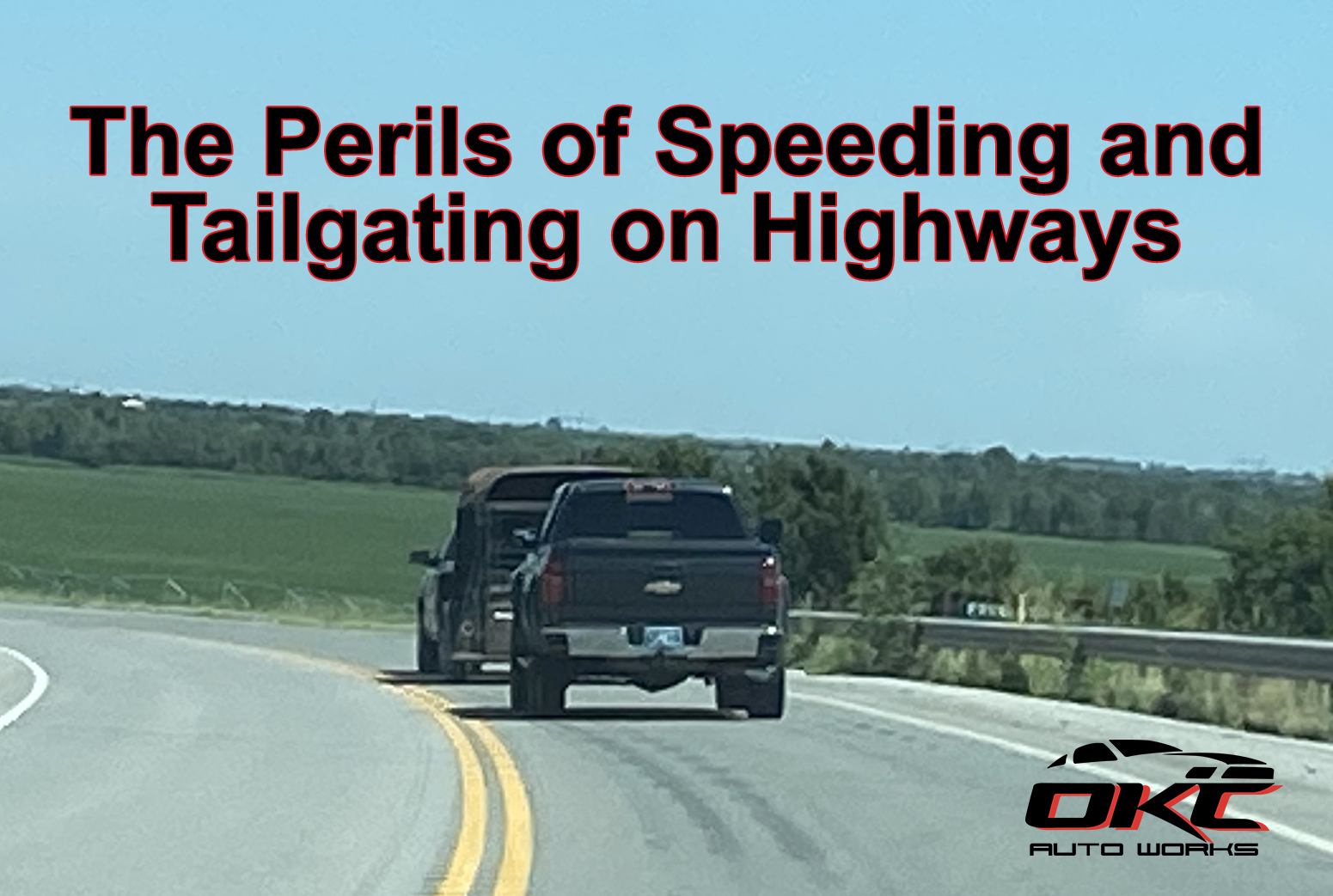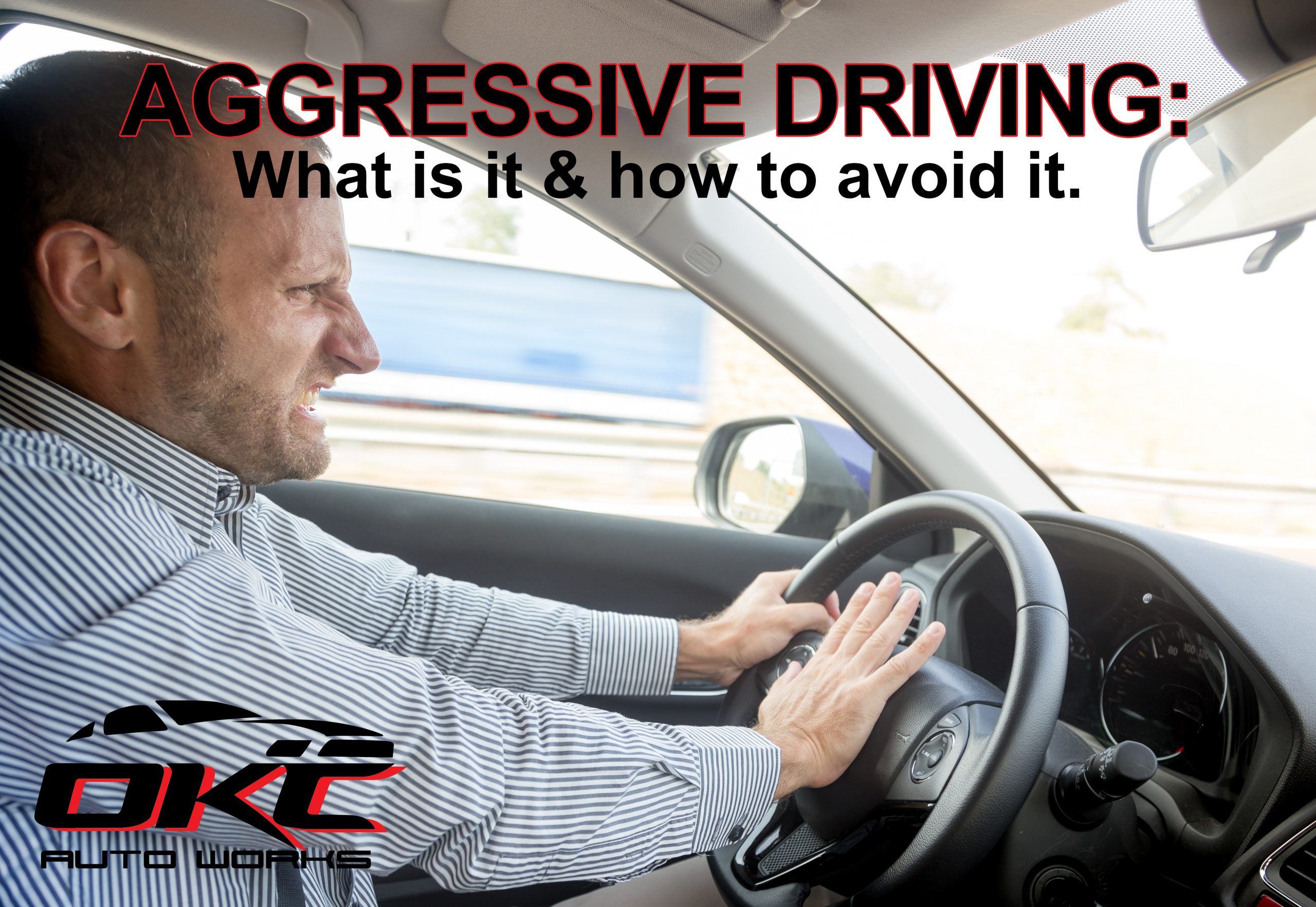Speeding and tailgating are not just reckless habits; they are significant contributors to highway accidents, leading to severe injuries and fatalities. These dangerous driving behaviors often result in catastrophic pile-ups and endanger everyone on the road. Understanding their risks and consequences is crucial for promoting safer driving practices and reducing road accidents.
The Risks of Speeding
Speeding is a leading cause of road traffic accidents. According to the National Highway Traffic Safety Administration (NHTSA), speeding was a factor in nearly 29% of all traffic fatalities in 2022. Driving at high speeds reduces the driver’s ability to react to unexpected obstacles and increases the distance required to stop the vehicle. For instance, a car traveling at 60 mph needs approximately 4.8 seconds and 200 feet to come to a complete stop in ideal conditions. However, at 80 mph, this distance extends significantly, making it harder to avoid collisions.
Speeding also exacerbates the severity of accidents. The impact force increases with speed, leading to more severe injuries and higher fatality rates. Research indicates that the likelihood of a fatal crash doubles when a vehicle’s speed is increased by just 10 mph over the posted limit.
The Perils of Tailgating
Tailgating, or following another vehicle too closely, is another dangerous driving behavior that contributes to highway accidents. According to a study by the AAA Foundation for Traffic Safety, tailgating is a leading cause of rear-end collisions, which account for over 30% of all accidents in the U.S.
Tailgating reduces the driver’s ability to react to sudden stops or emergencies. If the vehicle in front has to brake suddenly, a tailgating driver has insufficient time to respond, leading to a collision. This behavior also increases the risk of a chain-reaction pile-up. In high-speed situations, a single rear-end collision can trigger a series of crashes involving multiple vehicles.
Statistical Insights
A 2023 report from the Insurance Institute for Highway Safety (IIHS) highlighted that:
- Vehicles traveling at excessive speeds are involved in nearly 30% of fatal accidents.
- Rear-end collisions, often caused by tailgating, result in around 1,700 fatalities annually.
- Multi-vehicle pile-ups, frequently exacerbated by speeding and tailgating, increase injury severity and recovery time for victims.
The consequences of speeding and tailgating extend beyond physical harm. They lead to increased healthcare costs, legal liabilities, and emotional trauma for all involved. It is estimated that the economic impact of speeding-related crashes in the U.S. exceeds $40 billion annually.
Promoting Safer Driving
To combat these dangers, law enforcement agencies and road safety organizations advocate for stricter enforcement of speed limits and tailgating regulations. Public awareness campaigns aim to educate drivers on the risks of these behaviors and encourage adherence to safe driving practices.
Measures such as speed cameras, increased fines for tailgating, and enhanced driver education programs are essential in curbing these dangerous behaviors. Additionally, promoting defensive driving techniques and maintaining a safe following distance can significantly reduce the risk of accidents.
Conclusion
Speeding and tailgating are hazardous behaviors that significantly increase the risk of highway accidents and pile-ups. The statistics reveal a clear correlation between these practices and severe crash outcomes. By understanding the risks and advocating for safer driving practices, we can work towards reducing road traffic accidents and enhancing overall road safety.


